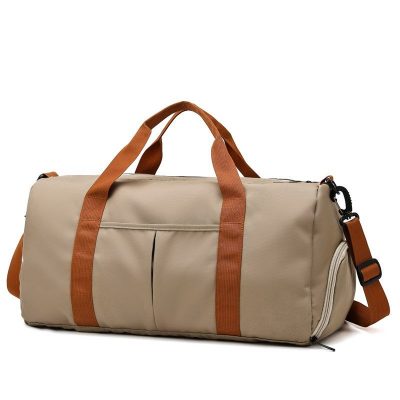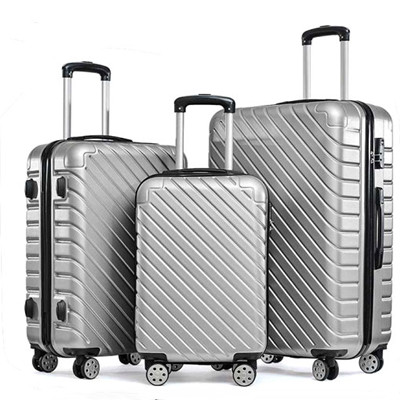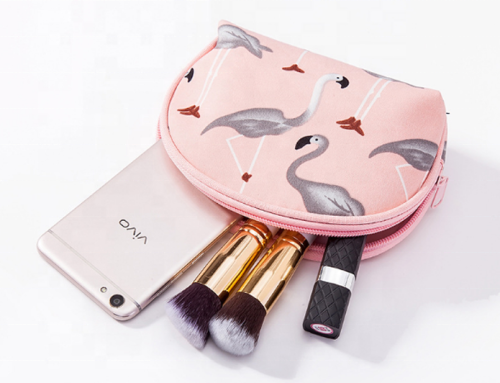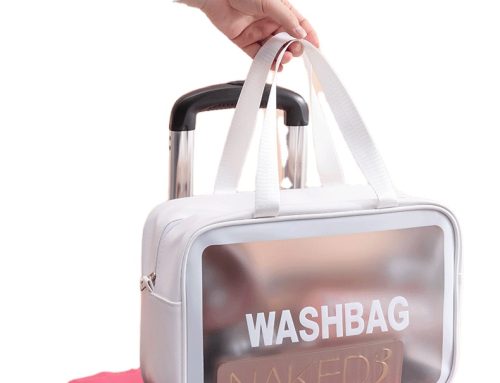Proper luggage maintenance is essential to ensure that your travel gear remains in top shape and lasts for many trips to come. Here are some tips to help you maintain your luggage effectively:
- Clean Before and After Trips:
- Before you pack for a trip, clean your luggage to remove any dirt, dust, or debris. After your trip, clean it again to prevent stains or odors from setting in.
- Follow Manufacturer’s Care Instructions:
- Different types of luggage materials (hardshell, softshell, leather, fabric) require specific care. Read and follow the care instructions provided by the manufacturer.
- Avoid Overpacking:
- Overpacking can strain zippers, seams, and handles, leading to damage over time. Pack within the recommended weight limits and avoid stuffing your luggage.
- Protect Fragile Items:
- When packing fragile items, use padding and protective sleeves to prevent damage during travel.
- Use Luggage Covers:
- Luggage covers can protect your luggage from scratches, scuffs, and dirt during transit.
- Inspect and Repair Zippers:
- Regularly check zippers for any signs of wear, such as fraying threads or difficult operation. Repair or replace damaged zippers promptly to avoid problems during travel.
- Inspect Handles and Wheels:
- Ensure that handles extend and retract smoothly, and that wheels rotate properly. Lubricate wheels as needed to maintain smooth movement.
- Store Properly:
- Store luggage in a cool, dry place when not in use. Avoid exposing it to extreme temperatures, sunlight, or moisture.
- Avoid Overexposure to Sunlight:
- Prolonged exposure to sunlight can fade colors and damage certain materials. Store your luggage away from direct sunlight when not in use.
- Use Soft Cloth and Mild Cleaner:
- For cleaning, use a soft cloth and a mild cleaner that is suitable for the material of your luggage. Avoid harsh chemicals that could damage the surface.
- Condition Leather Luggage:
- If you have leather luggage, use a leather conditioner periodically to keep the leather supple and prevent it from drying out or cracking.
- Keep Luggage Dry:
- If your luggage gets wet, dry it thoroughly before storing it to prevent mold or mildew growth.
- Repair Tears and Rips:
- If your luggage develops tears or rips, mend them promptly using suitable repair kits or adhesive solutions.
- Check Straps and Buckles:
- Inspect straps and buckles for signs of wear and tear. Replace any damaged parts to maintain the bag’s integrity.
- Replace Worn Luggage:
- If your luggage becomes extensively damaged or worn, consider replacing it to ensure your belongings remain secure during travel.
Regular maintenance and care can significantly extend the lifespan of your luggage and keep it looking and functioning like new. By investing time in maintaining your travel gear, you’ll be well-prepared for your next adventure.






